Red partisans against Bandera
Today, not without the filing of American and European media, as well as domestic liberals, there is a widespread point of view about the total resistance of the population of Western Ukraine to Soviet power. Modern heralds of Maidan is advantageous to create a myth about the centuries-old opposition of Ukrainians to the Russian statehood. After all, it legitimizes their activity at the present time, constructs its own political tradition with its pantheon of martyred heroes, the chronicle of the “liberation struggle”.
It is not a secret that in the nationalist-controlled mass media, in the “scientific works” nurtured on Western grants of independent historians, the history of both Ukraine as a whole and the Great Patriotic War is being rewritten. Bandera depicted national heroes, the red partisans - accomplices of the "occupying Soviet power."
But did all Western Ukraine really approve of the actions of the Organization of Ukrainian Nationalists - the Ukrainian Insurgent Army and other nationalist formations? Even a quick glance at the history of the Great Patriotic War and the establishment of Soviet power in the western regions of Ukraine says the opposite. Rarely what modern reader is familiar with the name of Jaroslav Galan. This Soviet writer, meanwhile, in 1949, four years after the Great Victory, was brutally murdered by a student, Mikhail Stakhur, who often came to visit him under the guise of a novice poet. The student was a Ukrainian nationalist, an OUN fighter. He considered eleven blows with an ax a decent price for the attention Galan showed to him. The writer paid for the great literary work of exposing both Ukrainian nationalism and the activities of the Vatican and the Uniate Church it controls in Western Ukraine. It is known that the barbaric murder of Galan infuriated Joseph Stalin himself and became the catalyst for strengthening the struggle of the Soviet special services and law enforcement agencies against the remnants of Bandera groups.
Yaroslav Galan, whose name is used to name the streets in many cities of Russia, was by no means the first and not the only victim of the crimes of Ukrainian nationalists against the civilian population. During the Great Patriotic War, OUN and UPA militants destroyed civilians who supported the Soviet power, belonged to other nationalities (Jews, Poles, Russians - by itself) and even simply did not rush to demonstrate their loyalty to the "fighters for independence".
It should be noted here that unity was not observed in the ranks of the Ukrainian nationalists. Their largest structure - the OUN (Organization of Ukrainian Nationalists) in the 1940 year comprehended a split. Part of the organization submitted to the head of the "Colonel" Andrei Melnik elected in 1939, another, more radical and larger part of the OUN, recognized Stepan Bandera as its leader and received the name OUN (revolutionary).
For convenience, the perception of activists OUN (p) nicknamed Bandera. They were the backbone of the Ukrainian Insurgent Army (UPA). Naturally, the Melnikovsky and Bandera commanders, which is typical of small-scale "Napoleon" with incredible ambitions, could not divide the leadership of the Ukrainian nationalist movement and were unable to unite even in the face of a formidable opponent - the Red partisans, and then the regular Soviet army.
Naturally, the Communists were among the top enemies for the Ukrainian nationalists, in addition to Jews and Poles. They were, quite reasonably, considered as agents of Soviet influence in Western Ukraine. Recall that from 1919 to 1938. in the territory of Western Ukraine, which was part of this historical period in Poland, the Communist Party of Western Ukraine acted.
It ceased to exist ... on the initiative of the Soviet Communists. The Comintern accused the Western Ukrainian and Western Belarusian Communist Parties in the pro-fascist sentiment and announced their dissolution. A significant part of the Western Communists, who found themselves in the Union, was repressed. But many activists, who confirmed their loyalty to the Soviet course, smoothly joined the ranks of the CPSU (b) and during the Great Patriotic War formed the shock part of the anti-fascist and partisan movement in the region.
In 1943-1944 on the territory of Western Ukraine there was a real “forest war” between the formations of the Ukrainian Insurgent Army and the Soviet partisans. For the OUN-UPA at the first stage of the war, it was the Soviet partisans who were the main adversary — ideologically, because they personified a direct attempt on the ideal of separatism — the existence of Ukraine within the USSR, and in practical terms, since from the very beginning of their existence they took a course not only on armed resistance to the German occupying forces, but also to the destruction of the Ukrainian nationalist movement.
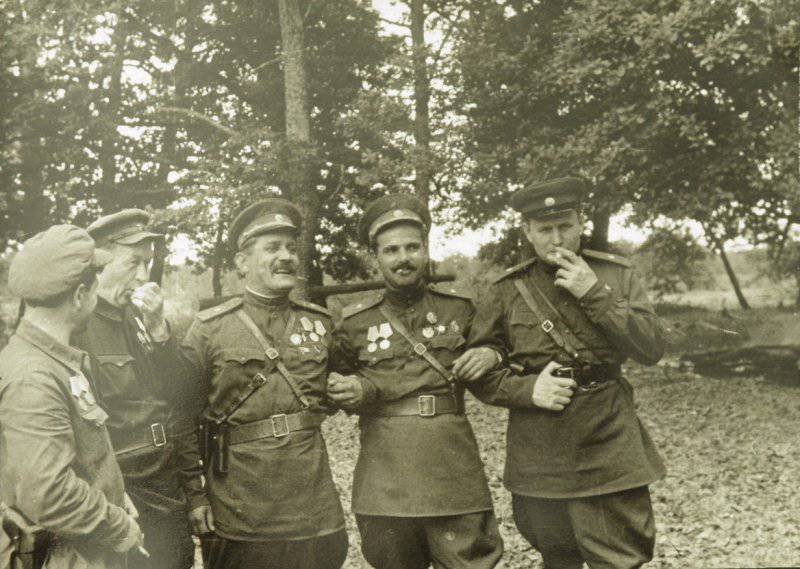
Demyan Sergeevich Korotchenko (1894 - 1969), one of the organizers of the Soviet partisan struggle in the occupied territory, Alexey Fedorovich Fedorov, Semyon Vasilyevich Rudnev, Timofey Amvrosiyevich Strokach (1903 - 1963). Chief of the Ukrainian Partisan Staff
As early as 1942, separate reconnaissance and sabotage groups of the NKVD and the General Staff Intelligence Directorate operated in the territory of the Volyn Region. A larger-scale deployment of partisan activity dates back to the beginning of 1943 and is associated with the redeployment of the Ukrainian headquarters of the partisan movement to Western Ukraine. He was led by Timofey Amvrosiyevich Strokach (1903-1963), before the war he was the Deputy National Commissar of Internal Affairs of Ukraine, and after the war he was promoted to Minister of Internal Affairs of the Ukrainian SSR. That is, despite the significant elemental component, the creation of the partisan movement was still under the vigilant control of the Soviet state security and military intelligence. Many of the key figures of the Ukrainian partisan movement came from among the workers of the special services, party leaders, and red commanders.
The legendary path of Sumy partisan formation, commanded by Sydor Artemyevich Kovpak, who was famous for his civilian life (1887-1967), is legendary. By the beginning of the Great Patriotic War, Kovpak, the chairman of the city executive committee of Putivl, was already 54 of the year. Age is considerable, especially for a soldier. But the veteran of the First World War and the Civil Law considered it his duty to “remember youth”. Yes, he remembered so that the Nazis and their henchmen in the territory of occupied Ukraine pronounced his name with a shudder. First of all, because, unlike many other partisan detachments, the largest unit in Ukraine — the Kovpak troops — actively used raid tactics. The lightning strikes of partisans, which appeared as if from under the ground, were left behind by the corpses of German soldiers and policemen, burned police stations, and the exploded infrastructure.
From the Bryansk forests, Kovpak made his famous raid to the Carpathian Mountains, having walked all over Right Bank Ukraine. For him, he received the star of the Hero of the Soviet Union, and after, in 1944, the territory of Ukraine was actually liberated, transferred to management work in Kiev, was a member of the Supreme Court of the Ukrainian SSR. Those Bandera, who could get away from the bullets Kovpaka-partisan, had every chance to get to know him better and as a judge. The memory of the legendary Kovpak is still alive today among an adequate part of the Ukrainian people. And those for whom Sydor Kovpak is a hero and a model of boldness and selfless patriotism will never be able to understand the Neanderans who have come down in justifying Russophobia and the crimes of their ideological predecessors before reproducing these crimes in the once peaceful cities of modern Ukraine.
In addition to military operations against the German occupation forces, the partisans carried out the most important propaganda function. After all, the population of Western Ukraine, which before the war belonged to Poland, and even earlier to Austria-Hungary, had no idea about the Soviet government and was mostly hostile towards it (if we talk about rural people).
Accordingly, the guerrillas sought to dispel the myths prevailing in relation to the Soviet power and enlist the support of Ukrainian villagers. For this purpose, cultural, educational and educational activities were developed among the Ukrainian population. Even the Polish partisans, who were in conflict with both the Soviet troops and the UPA, were forced to recognize the significant constructive potential carried by the Soviet partisans to the torn apart "forest war" Western Ukraine.
The use of partisan detachments in the struggle not only against the Nazis and their allies, but also against the Ukrainian nationalists was sanctioned by the Soviet leadership. Already in 1943, the leaders of the USSR, on the basis of reports from Soviet intelligence, made up an objective and adequate opinion of what the Ukrainian Insurgent Army, the Organization of Ukrainian Nationalists and other similar organizations represent. It was clear that as the Soviet army crushed the Hitlerites and forced them out of the Soviet Union, the Ukrainian, Baltic, and other anti-Soviet "forest brothers" would become the main armed enemy remaining on the territory of the country and conducting subversive activities.
Thus, the people's commissar of state security of the Ukrainian SSR S.Savchenko in a secret report to the secretaries of the Central Committee of the Communist Party (Bolsheviks) of Ukraine N. Khrushchev and D. Korotchenko reported that Bandera are in constant close contact with the British and American authorities. The latter, in turn, promise assistance to the Ukrainian Insurgent Army in the event of the continuation of its armed struggle against the Soviet Union. The report is dated 9 of October 1943 of the year, that is, at the height of the war, the “allies” were not what they planned later, but already made poorly concealed contacts with obvious enemies of the Soviet state and set the latter to continue and intensify anti-Soviet resistance.
Naturally, the Ukrainian nationalists who acted from the very beginning in contact with foreign intelligence services were not only ready for armed resistance to the partisans and the regular Soviet army, but also to any provocations. The purpose of the latter was to slander the Soviet government and scare the local population from it. So, Bandera under the guise of red partisans attacked the village and killed civilians. The partisan commander M.Naumov in his diary is no stranger to the sense of humor. He says that the Bandera, coming in the Ukrainian villages during the day, gather onions, garlic and bread, emphasizing their disinterestedness and asceticism. However, at night, the same Bandera people must come back to the village again, in order to steal the cow and provide themselves with high-grade provisions.
The vain efforts of modern Neo-Bandera propagandists from among the Russophobic activists of the Ukrainian nationalist parties, as well as their loyal lawyers - Russian liberals, have not been able to erase from popular memory the image of Bandera as a gangster and a marauder who terrorizes civilians, kills teachers or feldshers and selects the last peasant products.
After the liberation of the territory of Ukraine from the Nazis, the partisan units were redirected to the struggle against the Bandera formations that continued armed resistance. After the war, part of the partisans returned to civilian life, part - continued service in the army or the police, all also being at the forefront of the struggle against the enemies of the Soviet state.
Thus, we see that during the Great Patriotic War, there could be no talk of solidarity of the entire Ukrainian population with the nationalists, in the root of the anti-Soviet ideology of which the Russophobia raised by the West was clearly visible. Most of the Ukrainians, honest and decent people, fought as part of the Red Army against the Nazi invaders, partisans in the Kovpak detachments and other units. Moreover, not only and not so much Bandera were the "masters" of the forest area of Western Ukraine. The feat of the Soviet partisans is immortal and everyone should be aware of it, especially in the context of the current military-political situation in Ukraine.
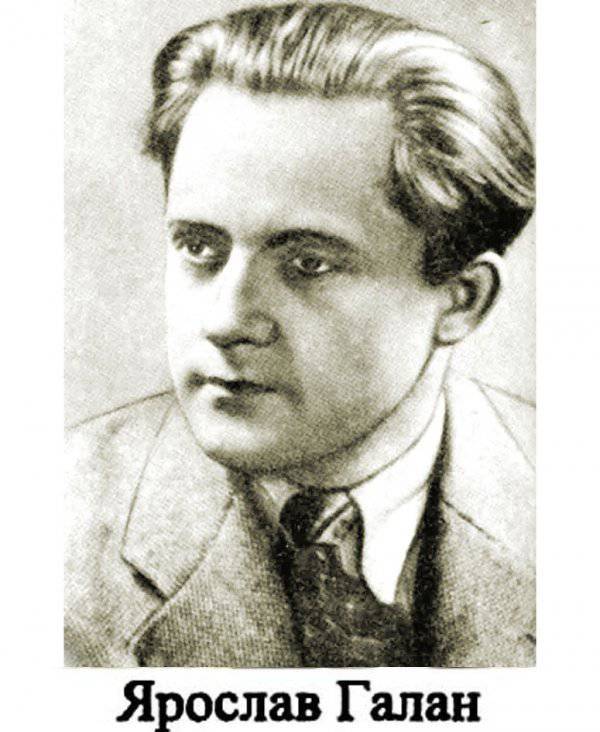
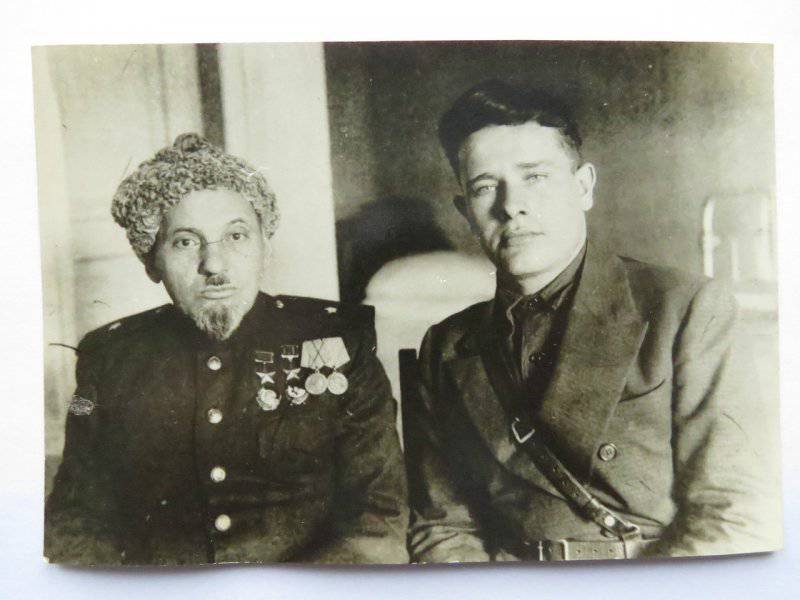
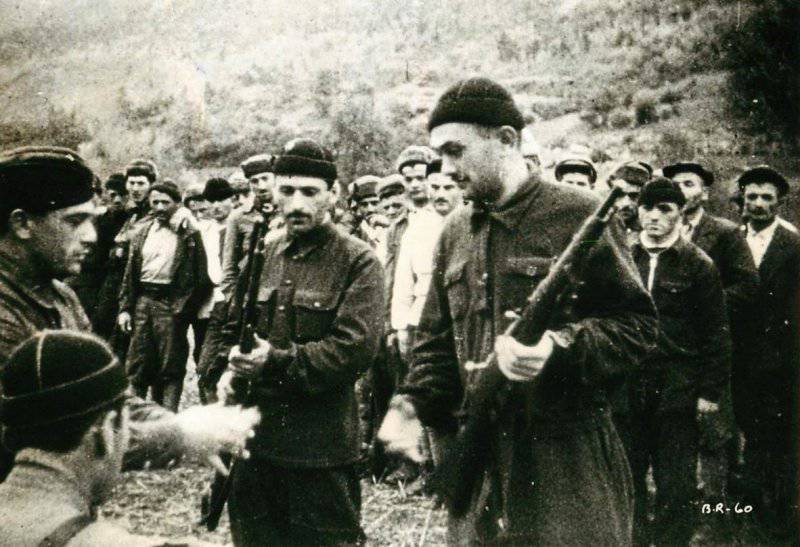
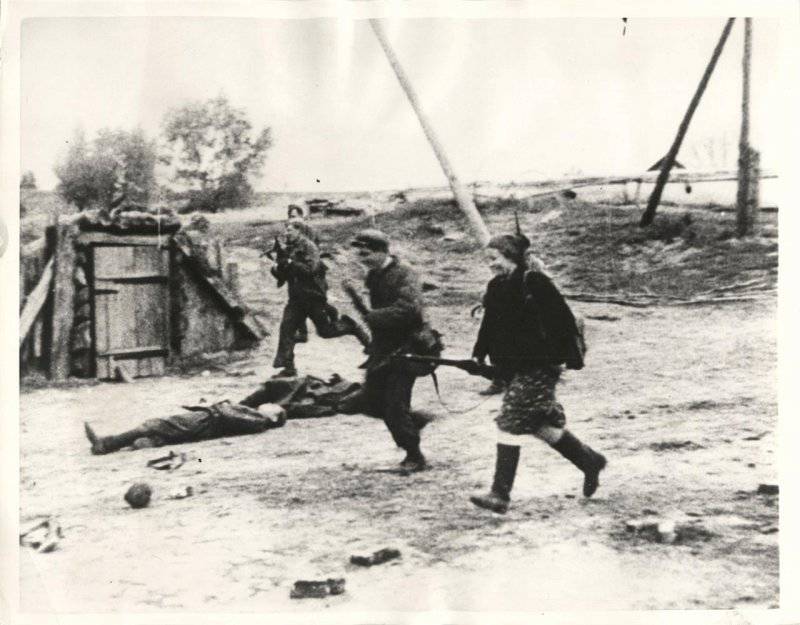
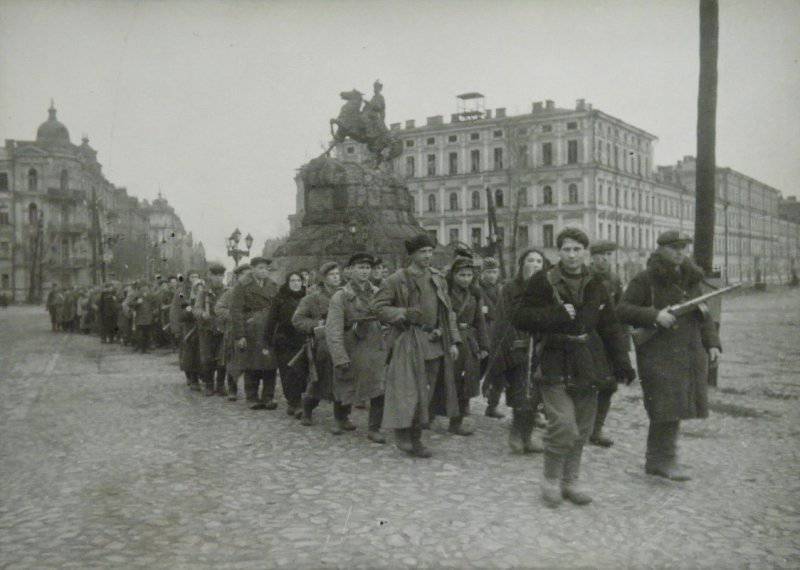
Information